Norbert Schoerner’s AI art redefines image-making
Norbert Schoerner uses machine-learning technology to translate text into images – explore his AI art here and at his ‘Decoy’ exhibition at London’s Fitzrovia Chapel
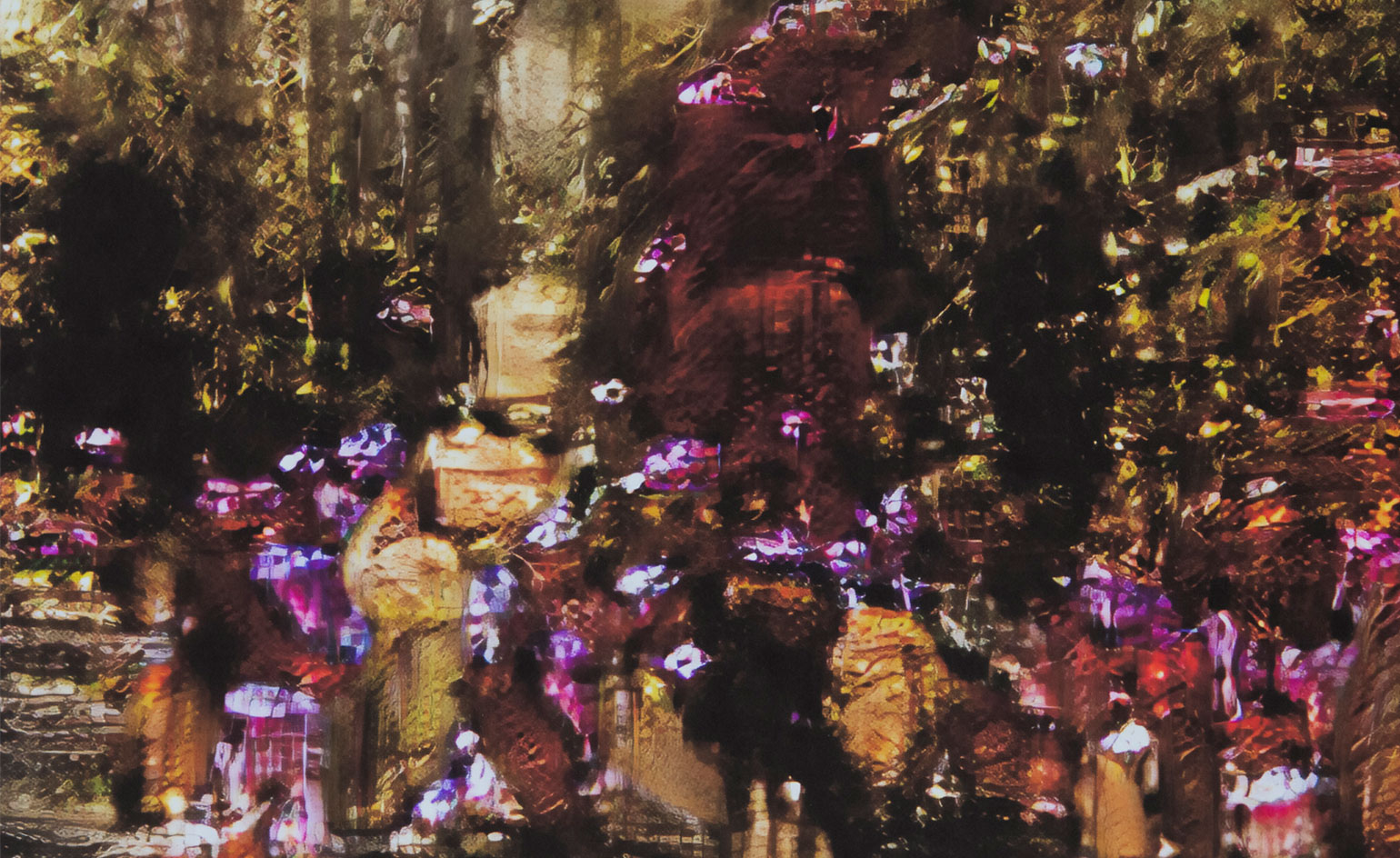
Generative Adversarial Network, or GAN, is a machine-learning framework that can create new data – whether image, sound or video – by analysing and transforming large datasets. It is the technology behind Deepfakes, which have stirred widespread controversy of late for their potential to spread misinformation and cause reputational damage.
In the hands of German artist and photographer Norbert Schoerner, however, a GAN has become an artistic collaborator. Feeding brief textual vignettes into the framework, he generates digital PNG files that are at once alluring and disquieting. They challenge conventional notions of art-making, as well as our understanding of what we see when we look at an image.
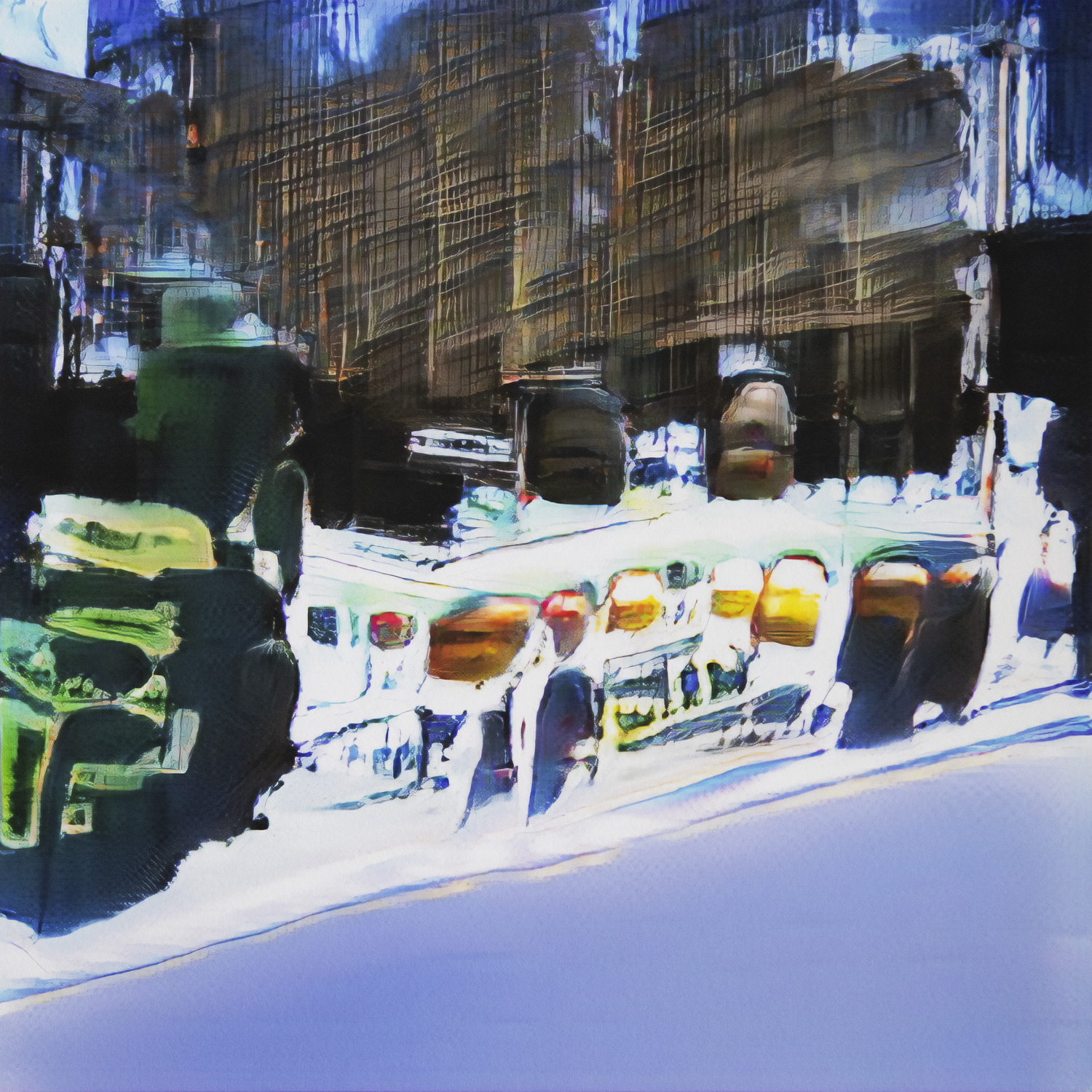
His exhibition ‘Decoy’, currently on view at a Gothic revival chapel in London’s Fitzrovia, brings together 14 abstract, eerie pieces produced with the assistance of a GAN. It follows on a project titled Pictures I Never Took, which investigated the relationship between text and image, creation and perception.
The exhibition is split into two parts: the first consists of a series of plates laden with text, which the photographer likens to opthamologists’ charts. ‘They describe photographic images and encounters,’ explains Schoerner.
The second part sees the texts fed into a ‘story-to-image generator’ – a GAN-based system that has been trained on machine-learning image datasets, to give visual form to what has been described in writing.
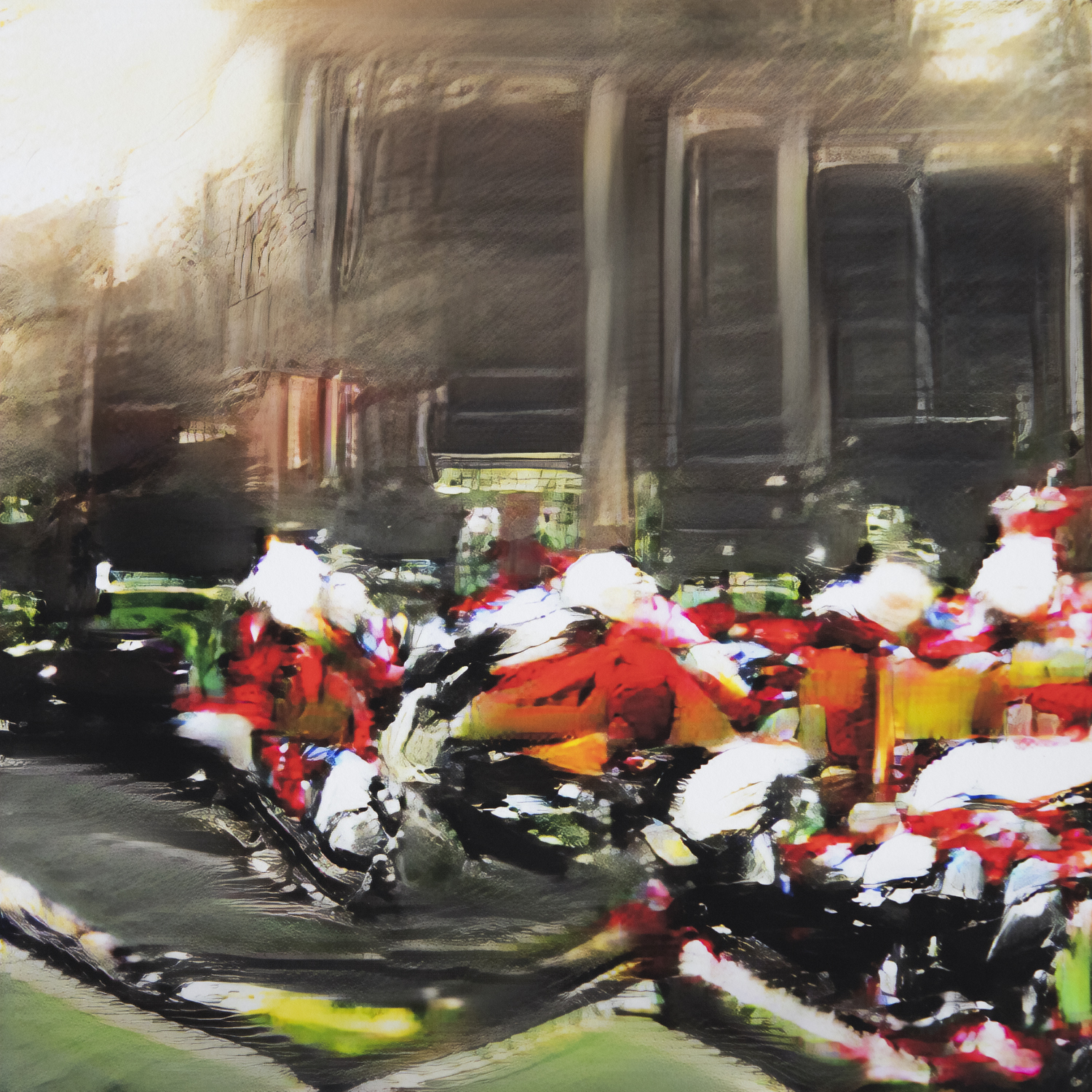
AI art: ‘a new imagination at work’
Schoerner describes the works as ‘worlds presented by a new imagination at work, an intelligence other than our own; they are flowers of unknowable romance pulled from unfamiliar fields of information’.
Beyond opening our eyes to the aesthetic capabilities of artificial intelligence, he would also like us to reconsider the way in which we connect with art. Referring to ‘this age of sensory and visual overload’, he questions whether we ever spent enough time in front of the same image – or if we’re so accustomed to skimming that we fail to remember with precision. The images we’ve seen become distorted in our minds, like the ones created by his GAN-based system.
Wallpaper* Newsletter
Receive our daily digest of inspiration, escapism and design stories from around the world direct to your inbox.
He concludes: ‘This inability to hold on to facts and experiences, I want to suggest, limits the extent of our imagination and can be a challenge to our emotional wellbeing.’
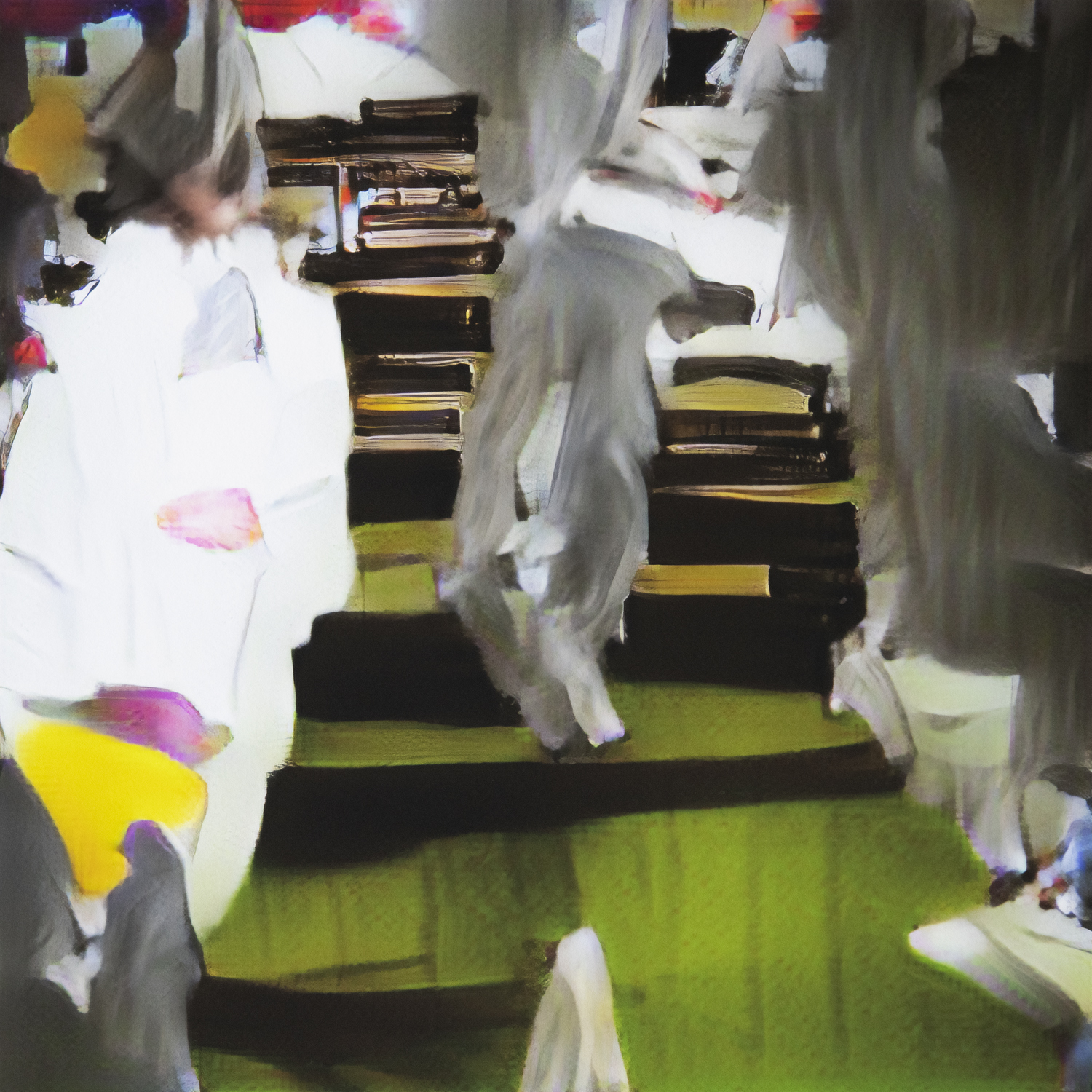
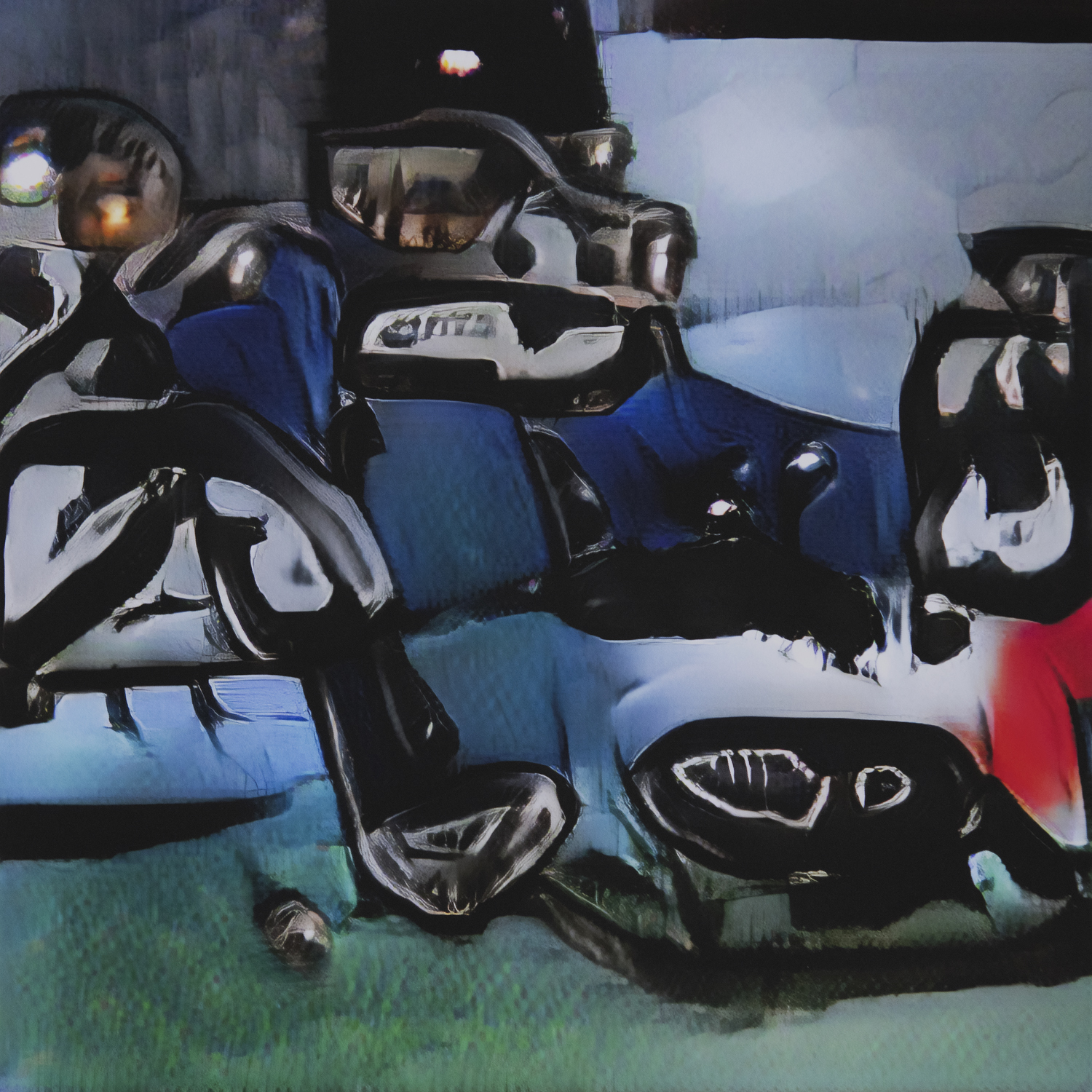
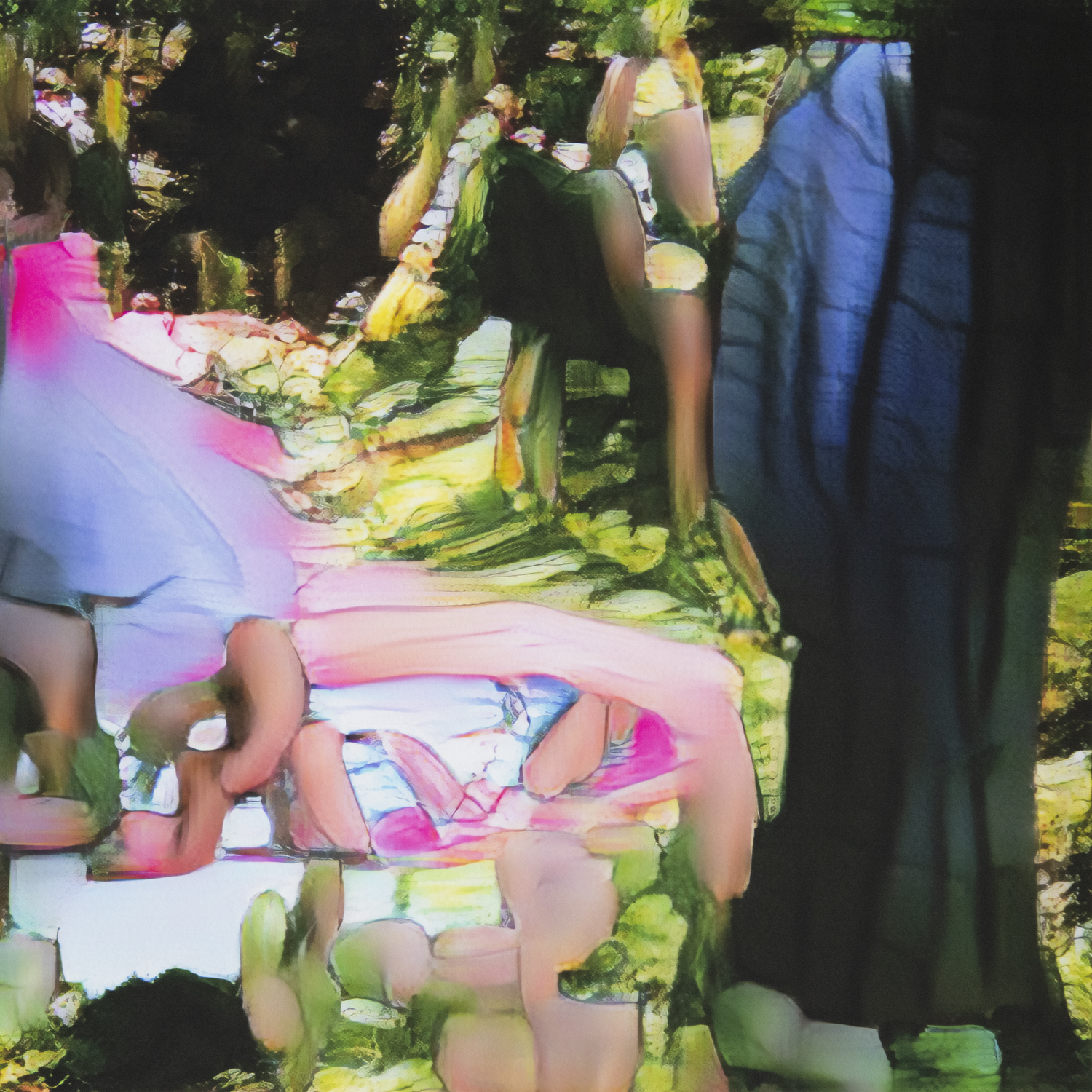
INFORMATION
Norbert Schoerner, ‘Decoy’, until 2 October 2021, Fitzrovia Chapel, fitzroviachapel.org
-
 Extreme Cashmere reimagines retail with its new Amsterdam store: ‘You want to take your shoes off and stay’
Extreme Cashmere reimagines retail with its new Amsterdam store: ‘You want to take your shoes off and stay’Wallpaper* takes a tour of Extreme Cashmere’s new Amsterdam store, a space which reflects the label’s famed hospitality and unconventional approach to knitwear
By Jack Moss
-
 Titanium watches are strong, light and enduring: here are some of the best
Titanium watches are strong, light and enduring: here are some of the bestBrands including Bremont, Christopher Ward and Grand Seiko are exploring the possibilities of titanium watches
By Chris Hall
-
 Warp Records announces its first event in over a decade at the Barbican
Warp Records announces its first event in over a decade at the Barbican‘A Warp Happening,' landing 14 June, is guaranteed to be an epic day out
By Tianna Williams
-
 The UK AIDS Memorial Quilt will be shown at Tate Modern
The UK AIDS Memorial Quilt will be shown at Tate ModernThe 42-panel quilt, which commemorates those affected by HIV and AIDS, will be displayed in Tate Modern’s Turbine Hall in June 2025
By Anna Solomon
-
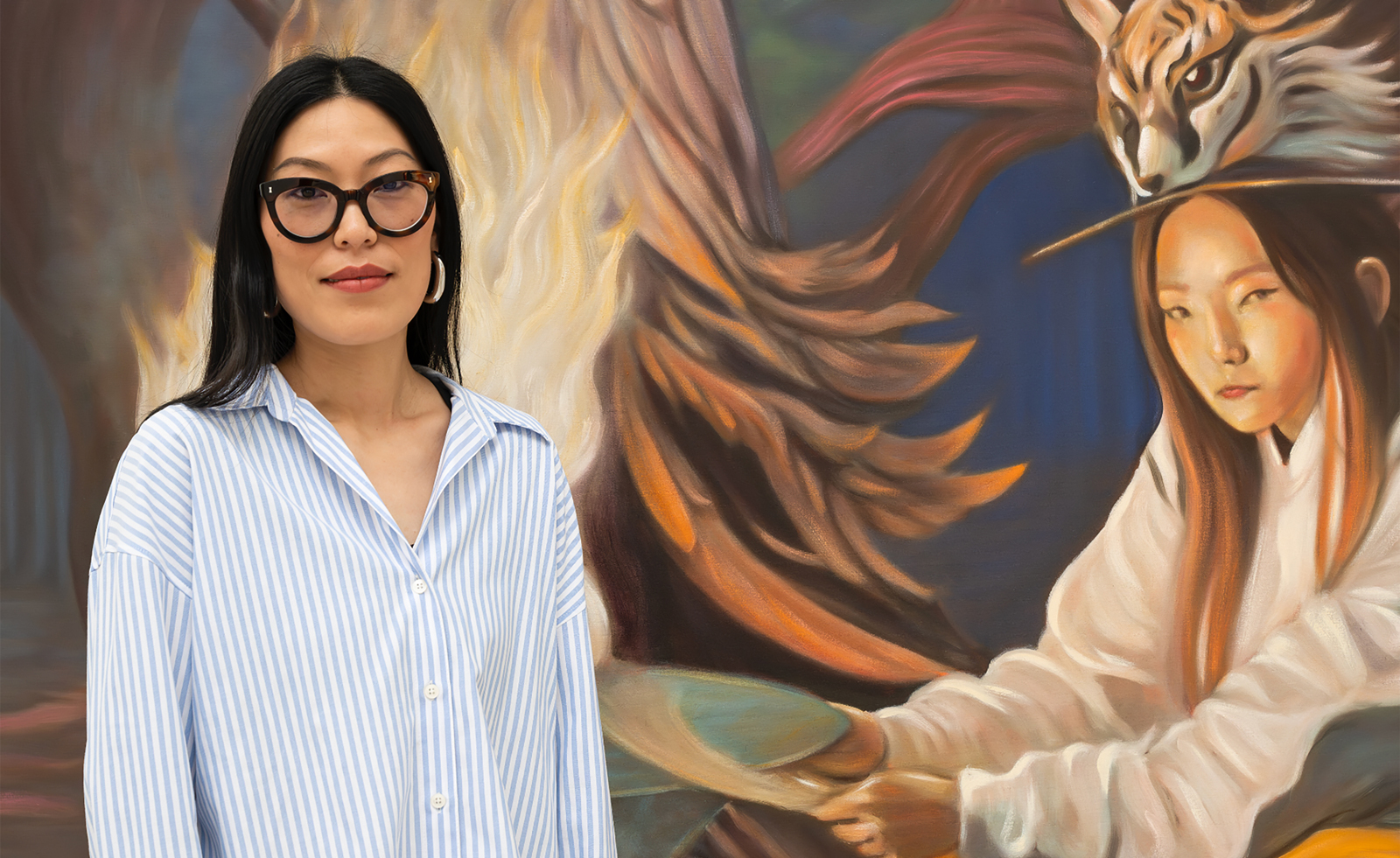 Meet the Turner Prize 2025 shortlisted artists
Meet the Turner Prize 2025 shortlisted artistsNnena Kalu, Rene Matić, Mohammed Sami and Zadie Xa are in the running for the Turner Prize 2025 – here they are with their work
By Hannah Silver
-
 ‘Humour is foundational’: artist Ella Kruglyanskaya on painting as a ‘highly questionable’ pursuit
‘Humour is foundational’: artist Ella Kruglyanskaya on painting as a ‘highly questionable’ pursuitElla Kruglyanskaya’s exhibition, ‘Shadows’ at Thomas Dane Gallery, is the first in a series of three this year, with openings in Basel and New York to follow
By Hannah Silver
-
 The art of the textile label: how British mill-made cloth sold itself to Indian buyers
The art of the textile label: how British mill-made cloth sold itself to Indian buyersAn exhibition of Indo-British textile labels at the Museum of Art & Photography (MAP) in Bengaluru is a journey through colonial desire and the design of mass persuasion
By Aastha D
-
 Artist Qualeasha Wood explores the digital glitch to weave stories of the Black female experience
Artist Qualeasha Wood explores the digital glitch to weave stories of the Black female experienceIn ‘Malware’, her new London exhibition at Pippy Houldsworth Gallery, the American artist’s tapestries, tuftings and videos delve into the world of internet malfunction
By Hannah Silver
-
 Ed Atkins confronts death at Tate Britain
Ed Atkins confronts death at Tate BritainIn his new London exhibition, the artist prods at the limits of existence through digital and physical works, including a film starring Toby Jones
By Emily Steer
-
 Tom Wesselmann’s 'Up Close' and the anatomy of desire
Tom Wesselmann’s 'Up Close' and the anatomy of desireIn a new exhibition currently on show at Almine Rech in London, Tom Wesselmann challenges the limits of figurative painting
By Sam Moore
-
 A major Frida Kahlo exhibition is coming to the Tate Modern next year
A major Frida Kahlo exhibition is coming to the Tate Modern next yearTate’s 2026 programme includes 'Frida: The Making of an Icon', which will trace the professional and personal life of countercultural figurehead Frida Kahlo
By Anna Solomon